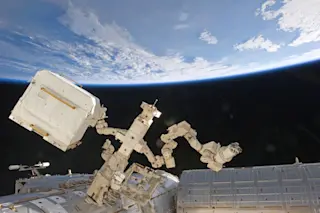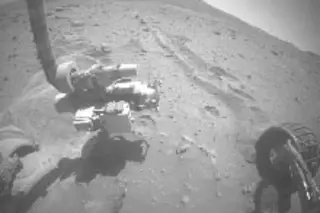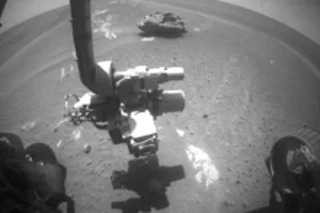Eight months after landing on Mars, the rovers Spirit and Opportunity still keep Steve Squyres busy. Each robot has more than doubled its expected lifetime of 90 sols, or Mars days, but the pace continues to be hectic as the team at NASA’s Jet Propulsion Laboratory tries to squeeze even more work out of the plucky pair. Between normal flight-operations meetings and a conference about a possible dune drive for Opportunity, Squyres, the head of science operations for both rovers, managed to wolf down some lunch while he spoke with me about the rovers’ successes and future plans.
The highlight of the mission so far remains Opportunity’s discovery of strong evidence for ancient water in the Meridiani Planum region. Considering the size of Mars—its surface is as extensive as all of Earth’s continents combined—finding the critical evidence so close to Opportunity’s landing site was a stroke of good fortune, Squyres ...









